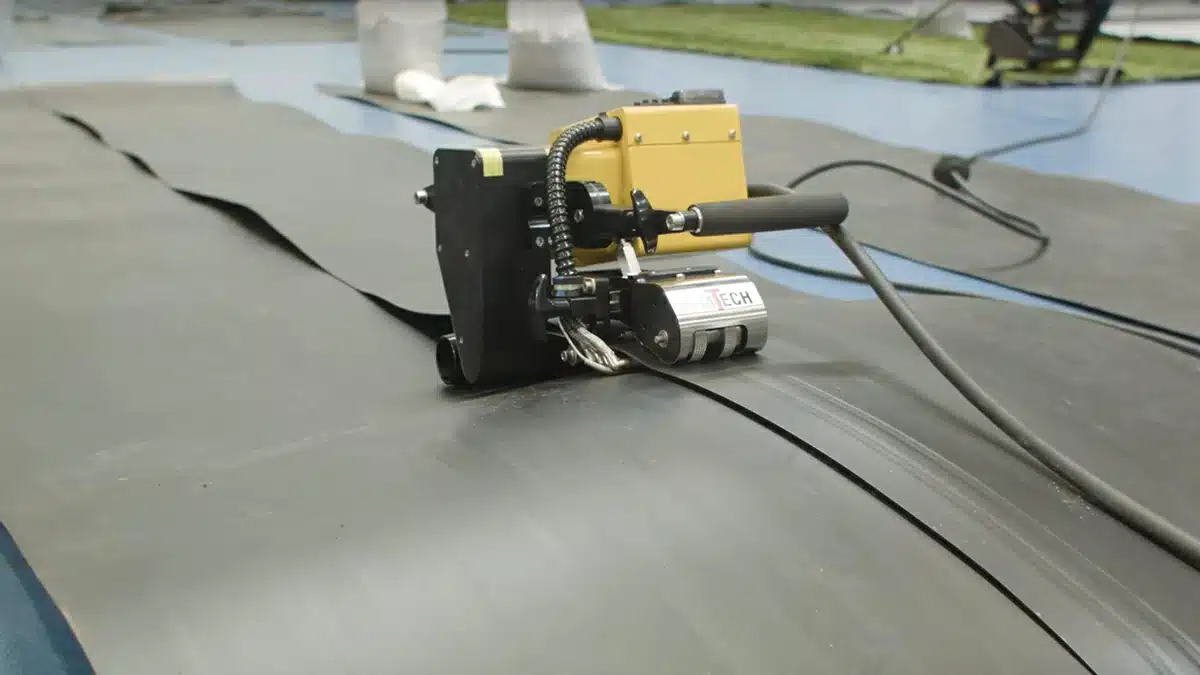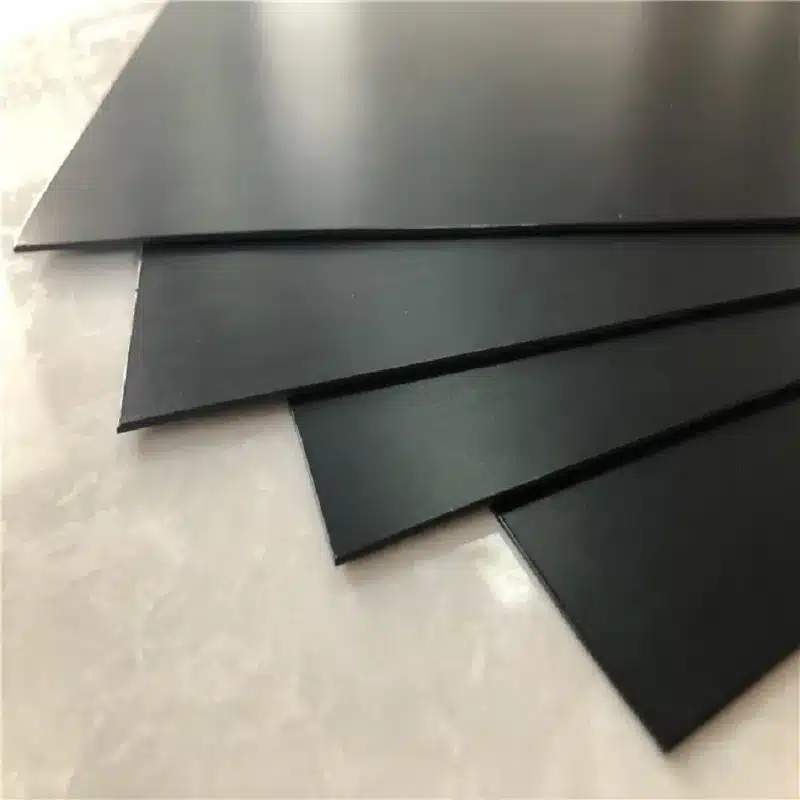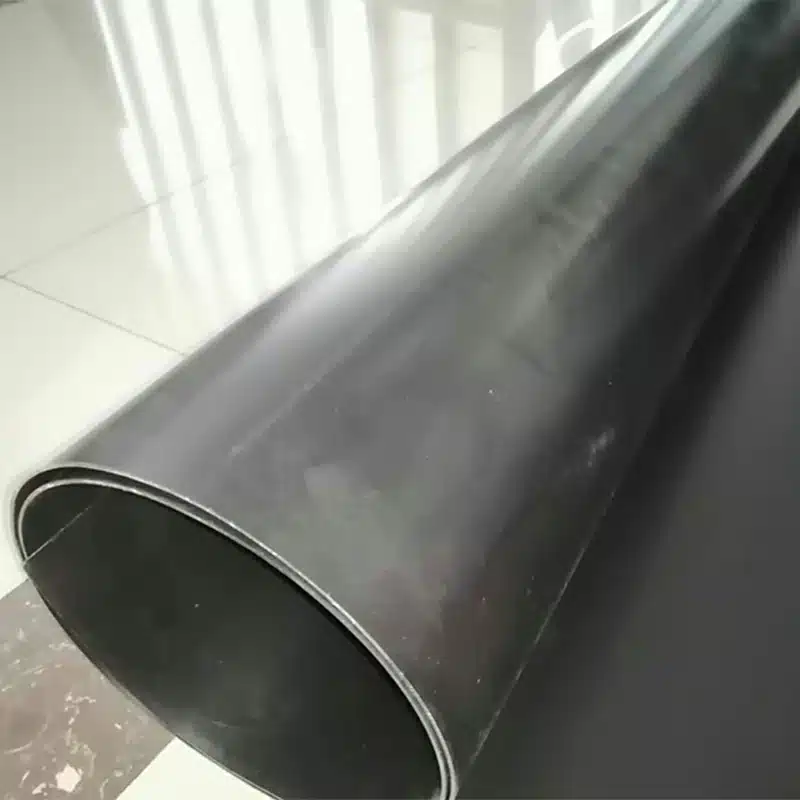+86-159 9860 6917
info@geofantex.com
geofantex@gmail.com
+86-400-8266163-44899
In the realm of civil engineering and environmental protection, geomembranes play a pivotal role in safeguarding structures against water damage. These impermeable sheets serve as a barrier to prevent water seepage, making them a cornerstone in the construction of waterproofing membranes for walls. Let’s delve into the science behind geomembranes, exploring their purpose, types, and effectiveness in preserving the integrity of various structures.
Is geomembrane waterproof?
Yes, geomembranes are indeed waterproof. They are engineered using materials such as polyethylene, polypropylene, PVC, or EPDM, which possess excellent impermeable properties, ensuring that structures are effectively protected against moisture damage.

What is the purpose of a geomembrane liner?
The primary purpose of a geomembrane liner is to create a waterproof barrier between the structure and the surrounding environment, ensuring primary and secondary containment of hazardous materials. Whether it’s lining landfills, ponds, and reservoirs, or constructing tunnels or retaining walls, geomembrane liners prevent the leakage of liquids and gases, thereby safeguarding the integrity of the structure and preventing environmental contamination.
What is the purpose of a geomembrane?
Geomembranes serve a multitude of purposes in civil engineering and environmental applications. Apart from waterproofing, they are used for erosion control and soil stabilization, particularly to stabilize earth and to secure landfills ensuring containment of hazardous or municipal wastes and their leachates. Additionally, geomembranes are employed in geotechnical engineering to regulate the flow of liquids and gases, ensuring the long-term durability of infrastructure projects.
What are the three types of geomembranes?
Geomembranes are classified into three main types based on their material composition:
- High-Density Polyethylene (HDPE): Known for its exceptional strength and resistance to chemicals, HDPE geomembranes are commonly used in landfill liners, mining applications, and pond liners.
- Polyvinyl Chloride (PVC): PVC geomembranes offer flexibility and are often utilized in applications requiring resistance to UV radiation, such as decorative pond liners and agricultural water storage.
- Ethylene Propylene Diene Monomer (EPDM): EPDM geomembranes excel in applications requiring high elasticity and weather resistance, making them suitable for pond liners, roofing membranes, and canal linings.
Geomembranes stand as indispensable components in modern construction and environmental protection practices. Their waterproofing capabilities make them essential for safeguarding structures against moisture damage, with applications ranging from landfill liners to retaining walls. Understanding the science behind geomembranes enables engineers to utilize them effectively, ensuring the longevity and durability of various infrastructure projects.



Get Free Sample
We’ll respond as soon as possible(within 12 hours)






















